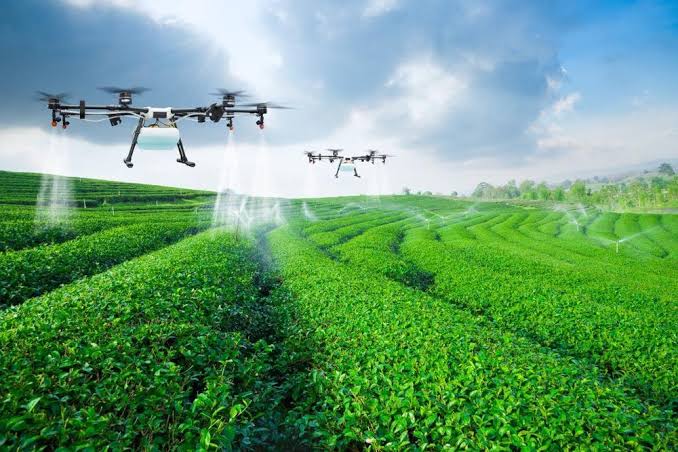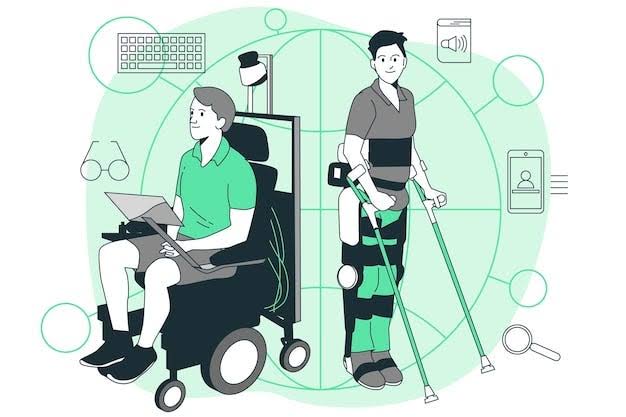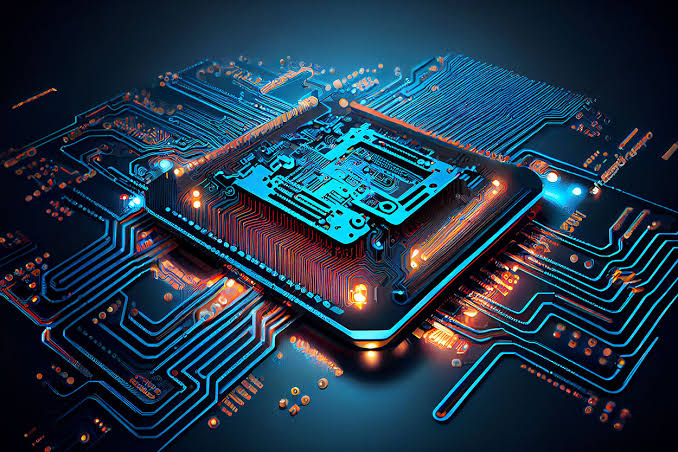Drones have become one of the most valuable tools in modern precision agriculture, enabling farmers to monitor crops, manage resources, and increase yields more efficiently. By combining aerial imaging, data analytics, and automation, drones help farmers make informed decisions that improve productivity and reduce waste.
Enhancing Crop Monitoring and Health Assessment
One of the primary uses of drones in agriculture is monitoring crop health. High-resolution cameras and multispectral sensors capture detailed images of fields, allowing farmers to identify problems early.
- Drones detect variations in crop color and growth patterns.
- They can reveal pest infestations, diseases, or nutrient deficiencies before they spread.
- Early intervention reduces crop loss and boosts yield quality.
This real-time insight allows farmers to respond quickly, preventing minor issues from becoming major threats.
Improving Irrigation Management
Water is one of the most critical resources in farming, and drones help ensure it is used efficiently. Equipped with thermal cameras, drones can identify dry areas and overwatered spots in a field.
- Farmers can adjust irrigation systems based on precise water needs.
- Targeted watering reduces water waste and cuts operational costs.
- Improved irrigation practices promote healthier crops and soil sustainability.
This approach supports better resource management and environmental conservation.
Enabling Precision Spraying
Drones equipped with spraying systems can apply fertilizers, pesticides, and herbicides directly where they are needed.
- This targeted application reduces chemical use, lowering costs and environmental impact.
- Farmers can treat hard-to-reach areas without damaging crops.
- Spraying drones work faster than manual labor, increasing efficiency.
Precision spraying ensures that treatments are evenly distributed, maximizing effectiveness.
Supporting Planting and Seeding
Some advanced drones are designed to drop seeds directly into the soil.
- This method is useful for replanting in damaged areas or starting new crops.
- Seed-dropping drones can cover large areas quickly, reducing planting time.
- Automation minimizes labor costs while maintaining accuracy.
Such technology is especially valuable in regions where manual planting is time-consuming or costly.
Facilitating Land and Soil Analysis
Before planting, understanding soil conditions is crucial for maximizing yield. Drones can conduct aerial mapping to evaluate soil texture, moisture levels, and field elevation.
- Data from drones helps farmers determine optimal planting patterns.
- Identifying uneven terrain allows for better irrigation planning.
- Soil health insights support long-term farm management strategies.
This detailed analysis ensures that crops are planted in the most suitable areas for growth.
Assisting in Harvest Planning
Drones can help farmers determine the best time to harvest by monitoring crop maturity levels.
- Aerial images show which areas are ready and which need more time.
- Harvest schedules can be adjusted to avoid crop loss due to over-ripening.
- Farmers can prioritize sections of the field for optimal quality and quantity.
This planning improves efficiency and reduces waste during the harvesting process.
Integrating with Data Analytics and AI
When drone data is combined with artificial intelligence, it becomes even more powerful.
- AI analyzes patterns in crop health, soil conditions, and weather impacts.
- Predictive analytics help farmers anticipate problems before they occur.
- Data-driven decisions increase yield and profitability.
This integration transforms drones from simple observation tools into strategic agricultural partners.
Reducing Labor and Operational Costs
Manual monitoring, spraying, and surveying require significant time and workforce.
- Drones complete these tasks in a fraction of the time.
- Reduced dependency on manual labor lowers costs for farmers.
- Automation allows for more frequent field assessments without added expense.
This efficiency helps farmers focus on other aspects of farm management.
Conclusion
Drones are revolutionizing precision agriculture by providing farmers with real-time, detailed insights into their crops and land. They improve efficiency in crop monitoring, irrigation, spraying, planting, and harvesting while reducing costs and environmental impact. As technology advances, drones will continue to play a central role in sustainable farming, helping agriculture meet the demands of a growing global population.




pikoe8
This has got a lot to relate to Agricultural and bio-systems engineering